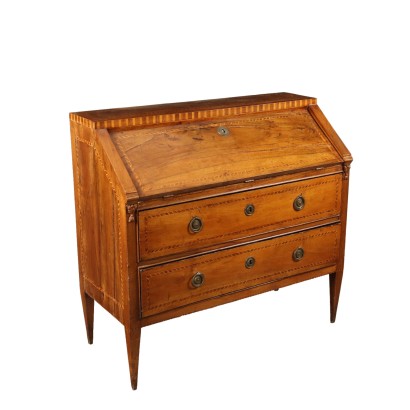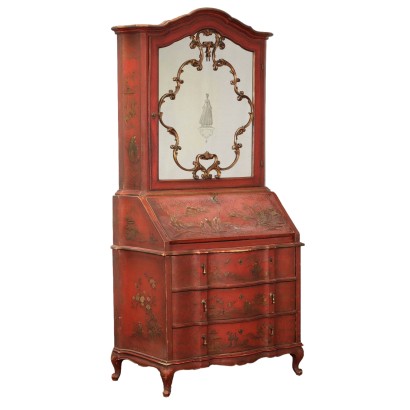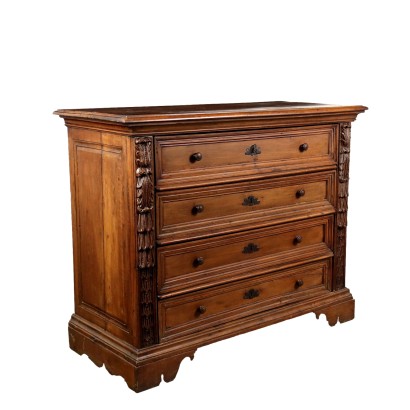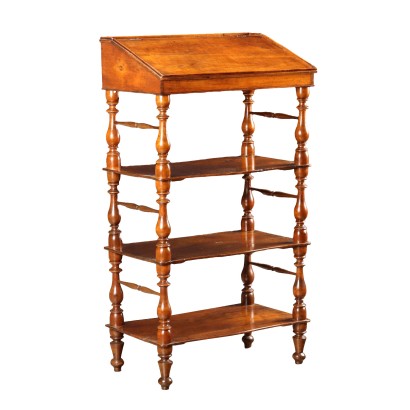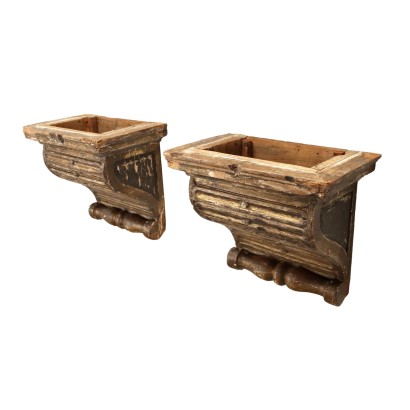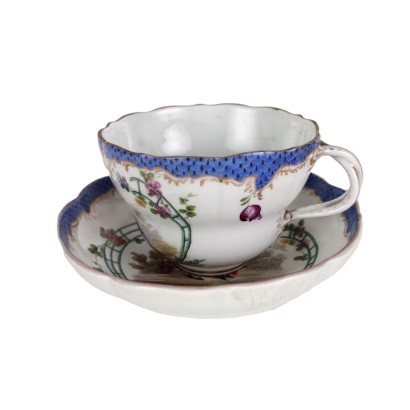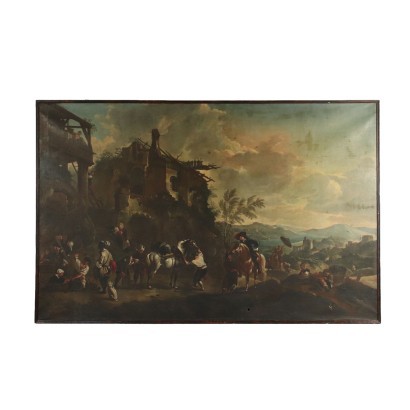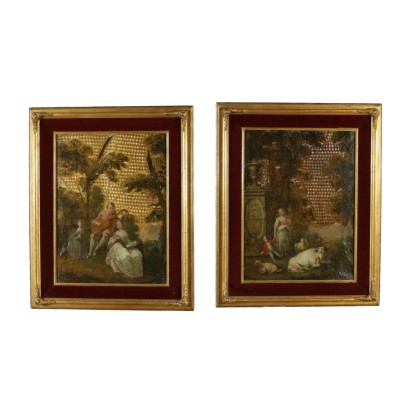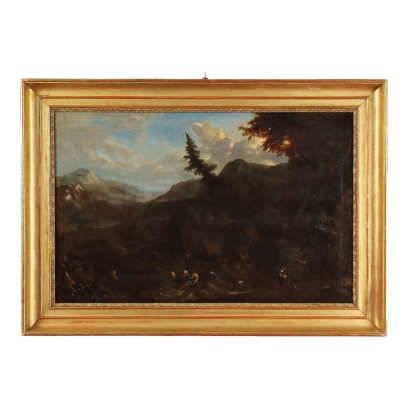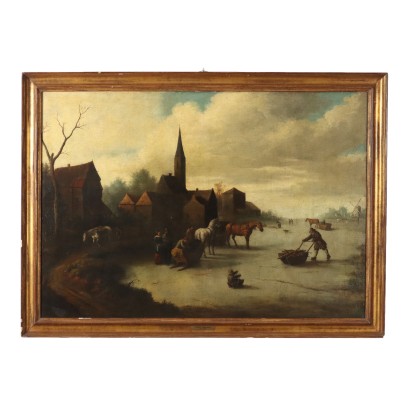Ancient Flap Cabinet Louis XVI Italy '700 Walnut Cabinet Carved Wood - Italy late 18th century
Features
Italy late 18th century
Style: Louis XVI (1774-1792)
Age: 18th Century / 1701 - 1800
Origin: Italy
Main essence: Silver Fir , Maple , Brazilian Rosewood , Walnut
Description
Flap in walnut with borders in maple and bois de rose on top and front with door and two drawers. Uprights decorated with carved detail just below the flap and truncated pyramid feet. Interior in fir. Restorations and modifications.
Product Condition:
Product that due to age and wear requires restoration and re-polishing. We try to present the real state of the furniture as fully as possible with photos. If some details are not clear from the photos, what is reported in the description will prevail.
Dimensions (cm):
Height: 105,5
Width: 112,5
Depth: 50,5
Additional Information
Style: Louis XVI (1774-1792)
The Louis XVI style precedes by many years the coming to the throne of the sovereign from which the name derives.The renewed prevalence of the composure of geometric shapes that characterize the furniture of the neoclassical era, is welcomed as an antidote to the freer and more capricious formulations imposed by the Rococo dictates.
The artist's imagination works free interpretations derived from examples of the Greek-Roman, Etruscan or Egyptian world, from which only the architectural metrics are re-proposed with strict observance.
In this sense, it should be noted that only starting from the 1970s and 1980s in cabinet making did we witness the sunset of the pictorial flowering in inlay, in favor of models with a prevalence of geometric ornamentation.
Therefore, furniture characterized by extreme elegance and virile austerity matures.
In Italy, the Louis XVI style finds natural diffusion.
The furniture tends in the norm since the Sixties-Seventies to adopt a linear structure with a strong presence of decorations.
The use of light brown-colored woods is preferred, such as cherry.
The Italian Louis XVI will always remain linked to the production of furnishing accessories specifically oriented to the inlay typology.
These are furniture of well-proportioned dimensions, supported by the characteristic truncated conical pyramid legs, dressed in the mirrors of the top, sides and panels centered by elegant geometric decorations.



